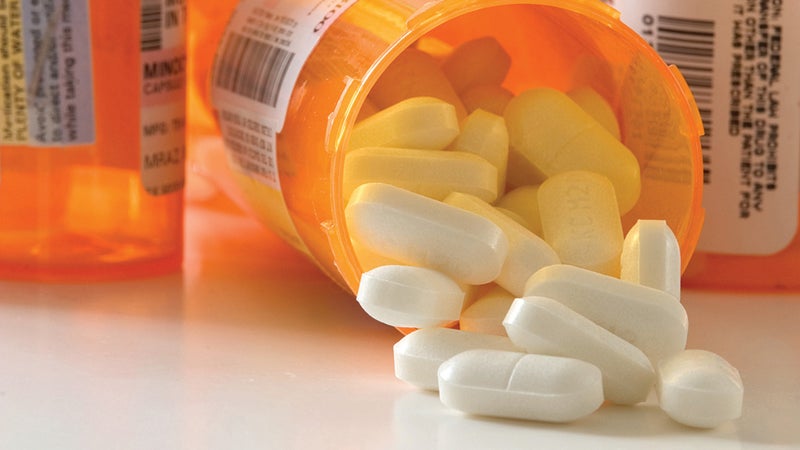St. John, others fight opioid impact: What you need to know
Published 12:00 pm Monday, February 25, 2019
LAPLACE — Law enforcement agencies have tried to educate and inform the general public about a growing opioid epidemic for many years.
According to the Centers for Disease Control and Prevention, drug overdoes killed nearly 64,000 Americans in 2016, and roughly two-thirds of those deaths involved a prescription or illicit opioid.
In St. John the Baptist Parish, Sheriff Mike Tregre said first responders respond often to calls that originate as medical calls for service that turn out to be drug overdose alerts.
“We have saved many lives with Narcan being used to revive people and in some cases we got the call too late,” Tregre said. “Unfortunately, the St. John Sheriff Office has become the rehabilitation center for drug users in St. John Parish.
“There have been multiple people who have been incarcerated, released and later overdosed.”
“We are more focused on going after the suppliers and not users. It’s sad but true that many family members of drug users would rather have a loved one incarcerated with us instead of overdosing on the streets of St. John Parish.”
The opioid epidemic is not exclusive to the United States. In early 2018, Canada’s Special Advisory Committee on the Epidemic of Opioid Overdoses released a statement acknowledging the country’s opioid epidemic had significantly worsened since 2016.
In fact, the Public Health Agency of Canada noted deaths from opioid-related overdoses between January and September of 2017 had increased by 45 percent from the same period just a year earlier.
What are opioids?
The term “opioid” refers to a wide range of drugs, including illegal drugs such as heroin.
Whether an opioid is an illegal street drug or one prescribed by a doctor, the National Institute on Drug Abuse notes all of these drugs are chemically related.
Each opioid interacts with opioid receptors on nerve cells in the body and brain. Prescription opioids are often prescribed to relieve pain.
Why are opioids so often misused?
According to the National Institute on Drug Abuse, opioids are effective at reducing pain. But while they are prescribed to treat pain, opioids also produce a feeling of euphoria.
Opioid users — whether they’re using heroin or a prescription opioid such as Vicodin — can easily become dependent on opioids because of that euphoric feeling they get when taking them.
When this happens, users are likely to misuse opioids, taking them in larger quantities than prescribed or looking to illegal opioids such as heroin in search of that euphoric feeling.
What are some types of opioids?
The Centers for Disease Control notes there are three common types of opioids: prescription opioids, fentanyl and heroin.
• Prescription opioids: Doctors prescribe these to treat moderate to severe pain.
Some common types of prescription opioids are Vicodin (hydrocodone), OxyContin (oxycodone), morphine and methadone.
• Fentanyl: This is a synthetic opioid noted by health professionals as considerably more powerful than other opioids. Fentanyl is typically only prescribed to help patients dealing with severe pain, such as that caused by advanced cancers. However, illegally manufactured and distributed fentanyl is at the heart of the opioid epidemic.
• Heroin: Unlike fentanyl and prescription opioids, heroin is illegal. Heroin usage has risen sharply in recent years across nearly all demographics in the United States.






